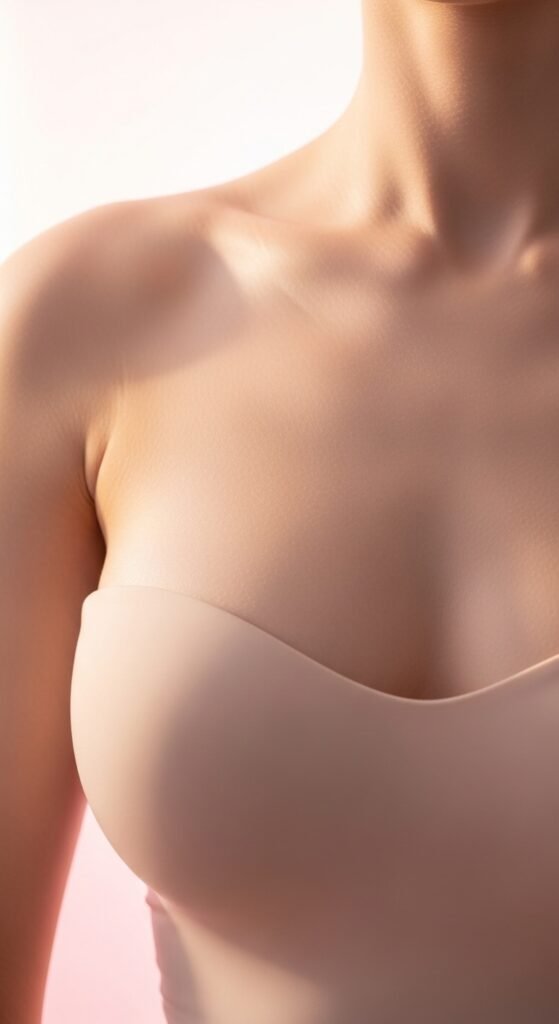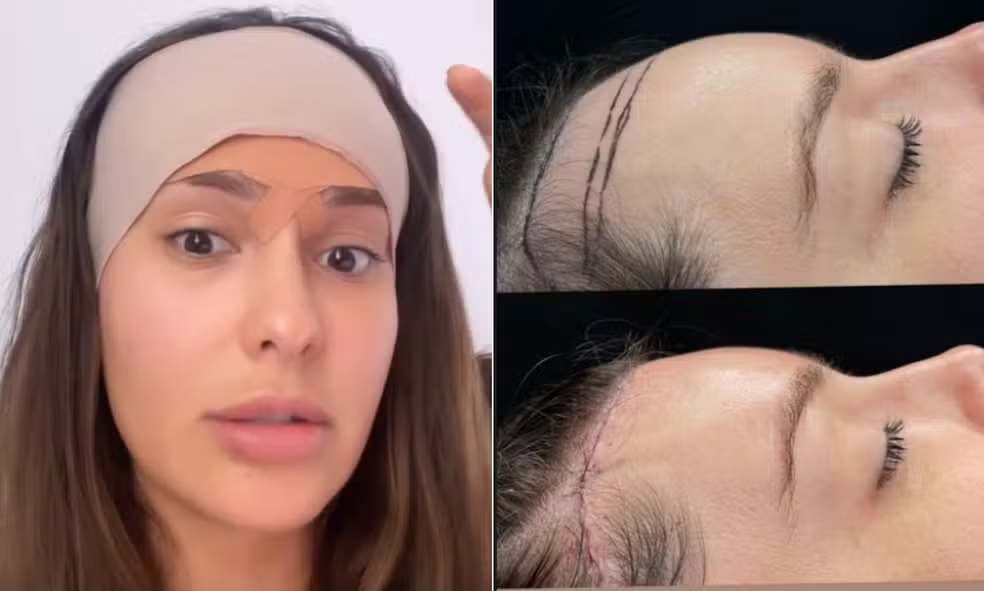Blepharoplasty or Brow Lift? How to Know Which One You Really Need
Many people think that the solution for excess skin on the upper eyelids is always blepharoplasty (eyelid surgery). But this isn’t always the ideal procedure. In many cases, what actually needs to be done is a brow lift (eyebrow elevation).
In this article, you’ll learn how to identify these cases, why proper evaluation matters, and how to avoid unsatisfactory results.
When Blepharoplasty Is Not the Best Procedure
There are young, attractive patients who at first glance seem to need an upper blepharoplasty. They show that typical fold of skin on the upper eyelid that suggests excess tissue.
However, a closer look reveals that the main issue isn’t the eyelid itself but the drooping brow. If only a blepharoplasty is performed, the patient may end up with a longer scar and slightly less skin but won’t actually look younger or fresher. In fact, the result can create deformities or an artificial appearance.
Why a Drooping Brow Changes Everything
Operating on an eyelid without correcting brow position risks removing too much skin. This shifts the scar placement and may cause functional and aesthetic problems such as:
- Lagophthalmos (incomplete eyelid closure);
- Artificial or “wide-eyed” appearance;
- High or misplaced scars.
These are classic signs of patients who underwent blepharoplasty when they actually needed a brow lift.
A Simple Test at Home
Before deciding on blepharoplasty, try this quick test in front of a mirror:
- Gently lift your brow to its correct position (as it would appear after a brow lift).
- Observe whether there is still excess skin on the eyelid.
If excess skin remains even with the brow elevated, blepharoplasty is indicated.
If the excess skin disappears with the brow in its proper place, the correct procedure is a brow lift — not blepharoplasty alone.
The Importance of Specialized Medical Evaluation
Only a thorough consultation with a qualified plastic surgeon can determine the right procedure. The evaluation should include:
- Brow position;
- Actual amount of eyelid skin;
- Assessment of the gaze at rest and in motion;
- Clinical tests to rule out health issues affecting surgery.
This approach prevents high scars, unnatural results, and functional complications.
Natural Results Require Planning
When anatomy is respected and the appropriate procedure is chosen — whether a brow lift, blepharoplasty, or both together — the result looks more natural and harmonious. The eyes appear rejuvenated without losing their expression.
The most common mistake is trying to “fix” everything with blepharoplasty alone, removing too much skin. This not only compromises aesthetics but may also create functional problems.
Conclusion: Each Case Needs a Customized Surgical Plan
Blepharoplasty is an excellent surgery for patients who truly have excess eyelid skin. But in many individuals, especially younger ones, what creates a tired appearance is the drooping brow.
Doing the simple at-home test can give you an initial idea, but only a detailed medical evaluation can indicate the best path. Correcting brow position before or together with blepharoplasty prevents complications like lagophthalmos, high scars, and artificial results.
Remember: plastic surgery isn’t “one-size-fits-all.” Every face has unique anatomy and requires a personalized surgical plan. That’s the key to a safe, natural, and long-lasting result.






